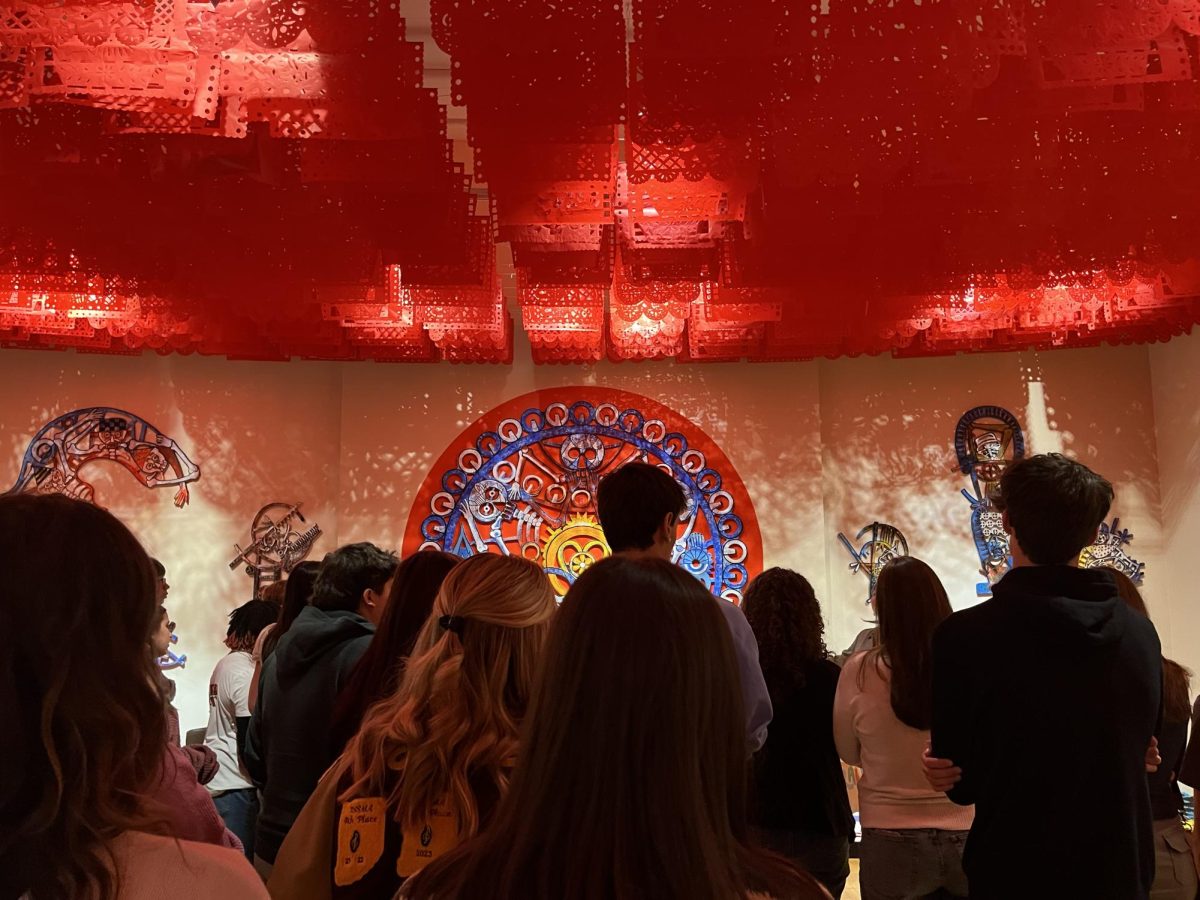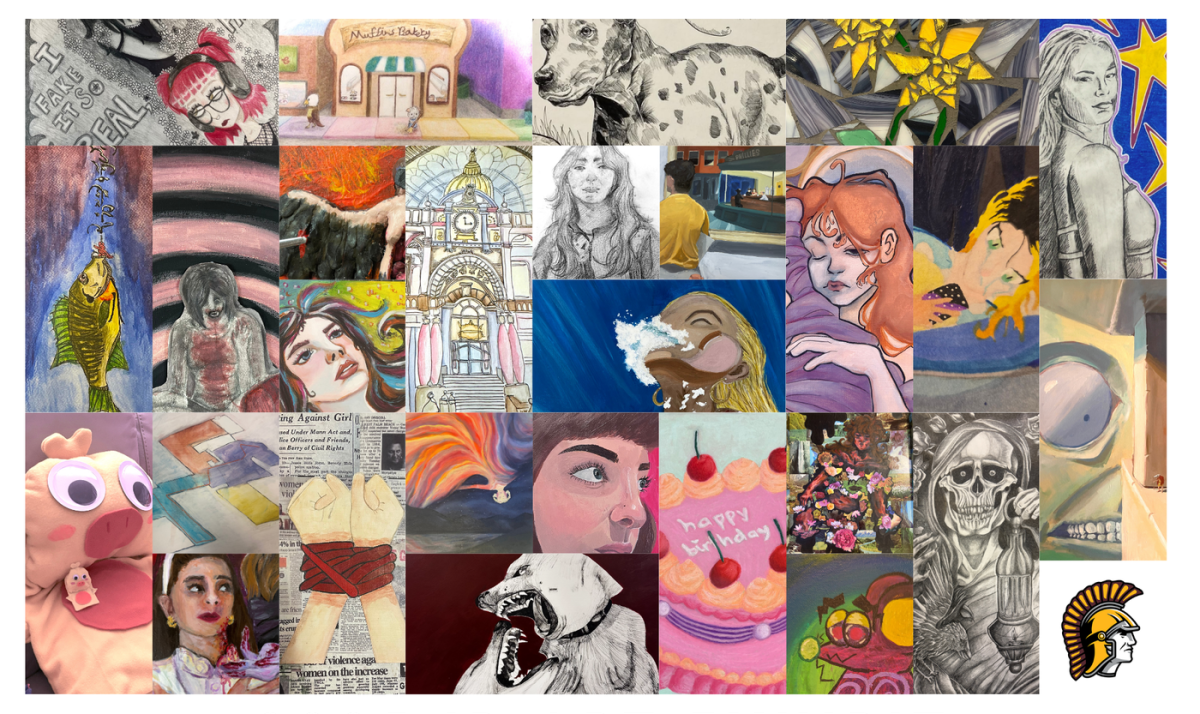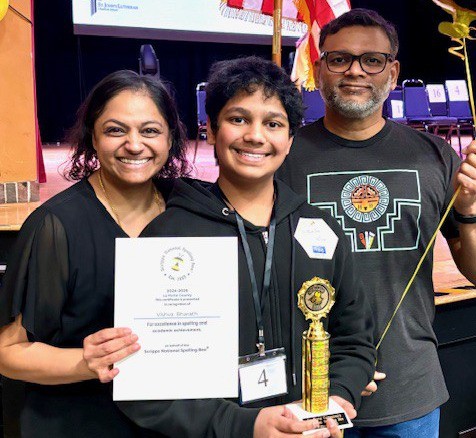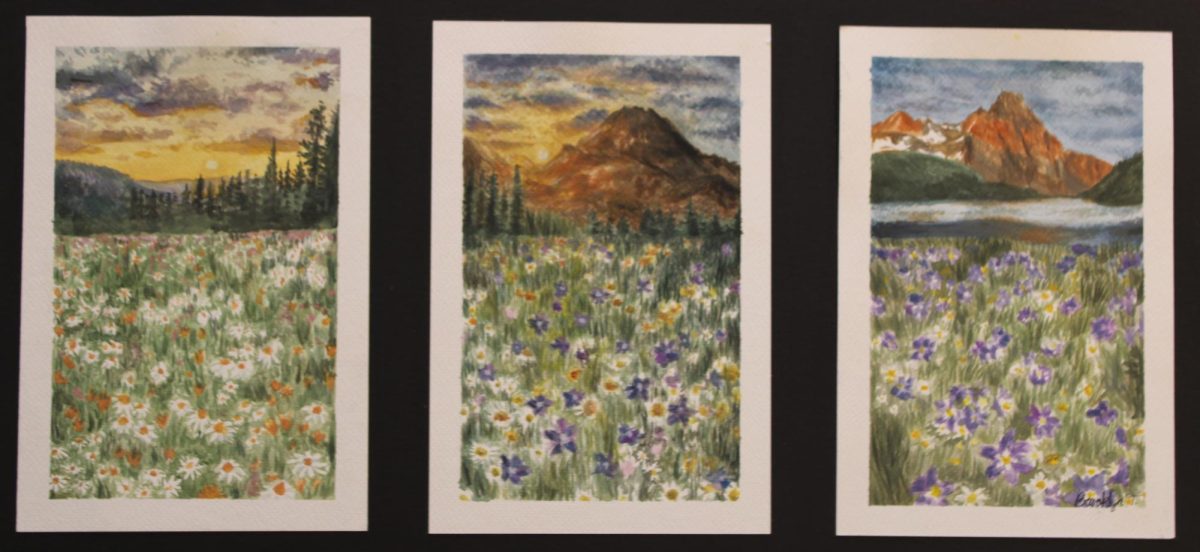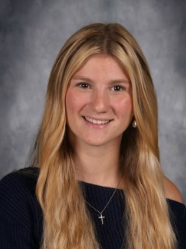A “Bump bump bump,” as you drive through an uncharted and beautiful world. Look out the window and you’ll see bright dragons gliding by and butterflies floating gracefully. This is what can be seen painted on the exterior walls of houses in the neighborhood of Pilsen Chicago, Illinois. All students enrolled in the Spanish Four class at Chesterton High School were offered the exciting opportunity to visit the area on a field trip last Wednesday, October 9, 2024. The students of Spanish Four arrived in Pilsen at approximately 10 a.m. and were amazed to see the array of paintings and murals decorating the walls of houses and buildings. Each one told a different story or idea. As the bus maneuvered through sharp turns down the cramped streets, voices could be heard in every direction. Students murmured their hopes and excitement for the coming hours. They could not wait to be transported to a world of art, culture, and what was on most of their minds, food.
They heard a quiet squeak of the bus tires and were tilted forward with the force of the stop. They all got off the bus eagerly and walked to the museum. They were welcomed to “El Museo Nacional de Arte Mexicano” or The National Museum of Mexican Art. Their tour guide, Kaelyn, led them through an archway decorated with thin paper in an array of colors arranged to make an image of a sugar skull and marigolds. Further into the room, they were introduced to many pieces of art all constructed with easily obtainable materials. All the art was made of paper, clay, and sand. The art installations were incredible, featuring clay and wooden figures of “Los árboles de la vida” (trees of life), and depictions of diablitos (mischievous spirits). The exhibit also included an elaborate depiction of a golden palace entirely formed from intricately carved paper. Students were amazed at the sight of a glorious carpet of sand across the floor on the opposing side of the room. It seemed that something so beautiful was found in the fragility of the art piece. The colors blended in a beautiful ombre that carried the gaze from one end of the room to the other. The students were completely immersed in a colorful display of Mexican artwork in all directions. The walls were covered in art, the floor was covered in art, and even the ceiling had handcrafted paper with each one intricately cut into designs that told a story. The thought and time that was dedicated to just one room was indescribable. It was enjoyed by the students as well as their teachers.
“I liked that the art also had a lot of meaning behind it,” said Chesterton High School Spanish teacher, Amy Weil.
In the same way that the eyes traveled from artwork to artwork, the students traveled from room to room of the exhibit. Next up was a collection that highlighted how people are all the same in death. However rich or pretty or well-known someone is in their lifetime, they are no different from anybody else in death. The second room used artwork to tell that story. It included depictions of people from different economic backgrounds shown next to each other as unique comparisons between skeletal figures and humans. One noteworthy feature was an art exhibit that had been one of the first exhibits at the museum. While it was not exactly up to par with the rest of the exhibits, it was an interesting idea just to see how far the museum has grown and to get a peek into its history.
The third room that the students entered contained an accurate and current-day Ofrenda, which is an altar or a sort of decorated area within a home that is used to honor the dead and believed to guide them home from the after-life and replenish them after their journey on Dia De Los Muertos. It included a framed picture of an individual who had passed and donated many artifacts to the museum. It was their way of honoring her for all that she had given to them. It was absolutely chock-full of marigold flowers, the official symbol for Dia De Los Muertos. There were also baskets that had offerings such as a type of bread called pan de animas, meaning bread of souls, or pan de muerto, meaning bread of the dead. It has many names but it is meant to resemble those that are dead after they are wrapped in cloth. Ofrendas often incorporate the four elements into the offerings. Mostly candles are used to represent fire, coffee or tea is for earth, water or Gatorade is used to represent water, and paper is used to show air. The students were also taught about the different days that are included in Dia De Los Muertos. November 1 is for deceased children, and November 2 is for deceased adults, as well as a third day for deceased pets. Students were amazed at the beauty of it all but also saddened by the loss.
That sadness would follow them to the fourth as well as the last areas that both dealt with the dark issues of violence against women and the lack of available education in Mexico. While Dia De Los Muertos is a day of celebration, it is also a day of remembrance and it is important to keep in mind that it is a day surrounding death and grief. One image told the story of a woman who had gathered with other women for the purpose of locating the remains of their lost loved ones. She had unfortunately found the body of her son on her birthday and an image was painted to capture her sadness and bring awareness to the issue within Mexico. Another image remembered one of the only areas that provided free access to education and art within Mexico. This gave the underprivileged a way to get a leg up in society and climb the economic ladder.
The students exited the gallery with an expanded knowledge of Mexican culture and history.
“I thought it was beautiful. I mean it was just like a really nice way to…piece together like important parts of…[Mexican] culture…It was just so lovely. I loved like all the wooden carvings specifically cause I think it’s just, it showed how gorgeously they used like natural resources to create art,” said Chesterton High School Spanish Four student, Juliana Perez.
Since they had now learned about the culture up to this point, it was time for them to experience some of the current culture and flavor that Mexican culture has to offer. The students made their way over to Taqueria La Comales, a Mexican café in the city. The bustling atmosphere and delicious smells invited them in. They were served some delectable food while being able to practice their Spanish-speaking abilities with native speakers. And no one is able to turn down a nice chat with friends over a good meal. While the conversation was enticing, it was incomparable to the bakery next door. The students entered Panaderia Nuevo Leon and were drooling at the sight of the warm sugary pastries. They each filled a tray and bonded by sharing a treat with friends. Soon after, the screech of the bus tires seemed much harsher as it pulled up to take the students back to school, but not before a great day was had by all.


